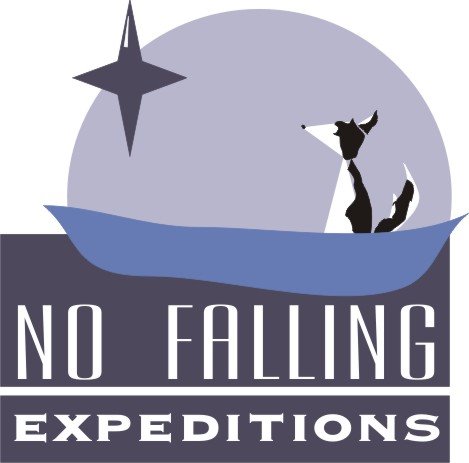Day 679: What did you do for Peru’s Fiestas Patrias (Independence Day)?

The cold, even on a mountain in the tropics, is intense. We called out “Toes!! Fingers!!” to remind one another to independently wiggle our digits. For the motion of walking in thick plastic boots and double, thick wool socks and the action of swinging ice axes in two pairs of mittens was not sufficient to keep warm. Urinating, drinking and eating become annoyances that require stopping, often shedding a glove and exposing one to the bitter cold. Frank began to slow his pace and take short breathers, complaining of a mild headache. The effects of altitude can present quickly, and suddenly the importance of urging Frank to eat and drink were obvious. With only one guide, we would all turn back if his symptoms became serious and nobody would have the chance to see the distant Amazon at sunrise.
We slowed our pace slightly but kept moving ever closer to the peak. Biting winds whipped at our earlobes, lips, cheeks and noses. The lights illuminating the capital city Huaraz and a large gold mine hovered like landing spacecraft in the Southern valley. Breathless and invigorated, we arrived on a shelf below the final coned summit. Directly to the west, lay the larger camellid cousin, Huascaran, whose two hump-shaped peaks floated loftily at a similar altitude. To be nearly equal with the tallest peak in Peru, Musho’s mountain, my daily inspiration, my humbling, picturesque backdrop to rural Peace Corps life…that view was perhaps my favorite moment of the trip. At such altitudes, indigenous beliefs in mountain spirits, or apus, become understandable. Literally, above the habitable terrestrial world, there I was in a place I should not be, in a place momentarily borrowed by the sheer stubbornness of human will and physical endurance, simultaneously fortunate to be an intrepid soul and lucky the mountain gods allowed passage above the clouds.
The clear weather was ephemeral, offering spectacular glimpses of the highest surrounding peaks, but covering the eastern lowlands and all the valleys below 5,000m in a blanket of white, fluffy clouds. As the winds picked up and sinewy clouds enveloped our perch, we suddenly wanted to leave as though shooed away by a bigger host. The descent was not difficult, except for the renewed cold as a giant, unforgiving mist encased us for the next three hours.
The main challenge on the way down was maintaining focus so as not to trip headlong into a crevasse or down the permanently precipitous terrain. Last on the ascent, I know found myself first moving downhill. The guide takes the rear for safety precaution if anyone tumbles. For some time I could only see a step or two ahead of me. The uniform whiteness of sky and mountain made me think of the tricks deserts play on weary travelers. I searched for footprints and the impressions left by our ice axes on the ascent and we soon arrived at high camp, where our two companions had stayed behind to wait for us.
Jake and Kevin joined us for the remaining two hours down to moraine camp where porters were boiling water and preparing a delicious meal. Just moments before stepping from the glacier, we heard a horrible crashing of rock behind us and turned to see large boulders spraying in all directions one hundred feet over our heads. There was no cover and each of us scrambled to avoid massive stones. Murphy’s Law would suggest an accident just as we depart the dangerous section of the journey. These are the dangers mountains present. Life presents the same irony. Many fear death by snakebite or terrorist attack, but we are more likely to die in a car crash. As though in agreement, my body tried to slip off the trail the next morning to meet the car. I nearly nose-dived off a minor cliff, but my bum somehow turned into a magnetic pancake and saved itself. A few hours car ride and we were safely grubbing on huge amounts of food in the capital city of Huaraz.
Kevin will forever be remembered for his classy poor-man’s garb, including a borrowed camouflage poncho as a rain/wind layer, his improvised cell-phone-tucked-below-his-hat flashlight, and the 1970’s ski pants he never changed. Jake goes down for his valiant ascent of an unplanned ice wall having never before used crampons or ice axes. Frank is now famous for losing a t-shirt, underwear, and ruining a borrowed jacket to cow attack and, thereafter, pretending to be homeless and beg cigarettes and money from his traveling companions. Vishal the novice mountaineer never mentioned discomfort or fatigue, even when placed in a two-person tent with two large men. I enjoyed making others laugh by singing the theme music to the badly needed Ballywood film series of Indiana Jones and Star Wars.
Some run marathons. Others choose to volunteer for two years in distant lands. And some aspire to stand in the sky to get a better view. Many of us do all these things because these activities make us feel more alive each day, pushing the boundaries of our existence.







<< Home